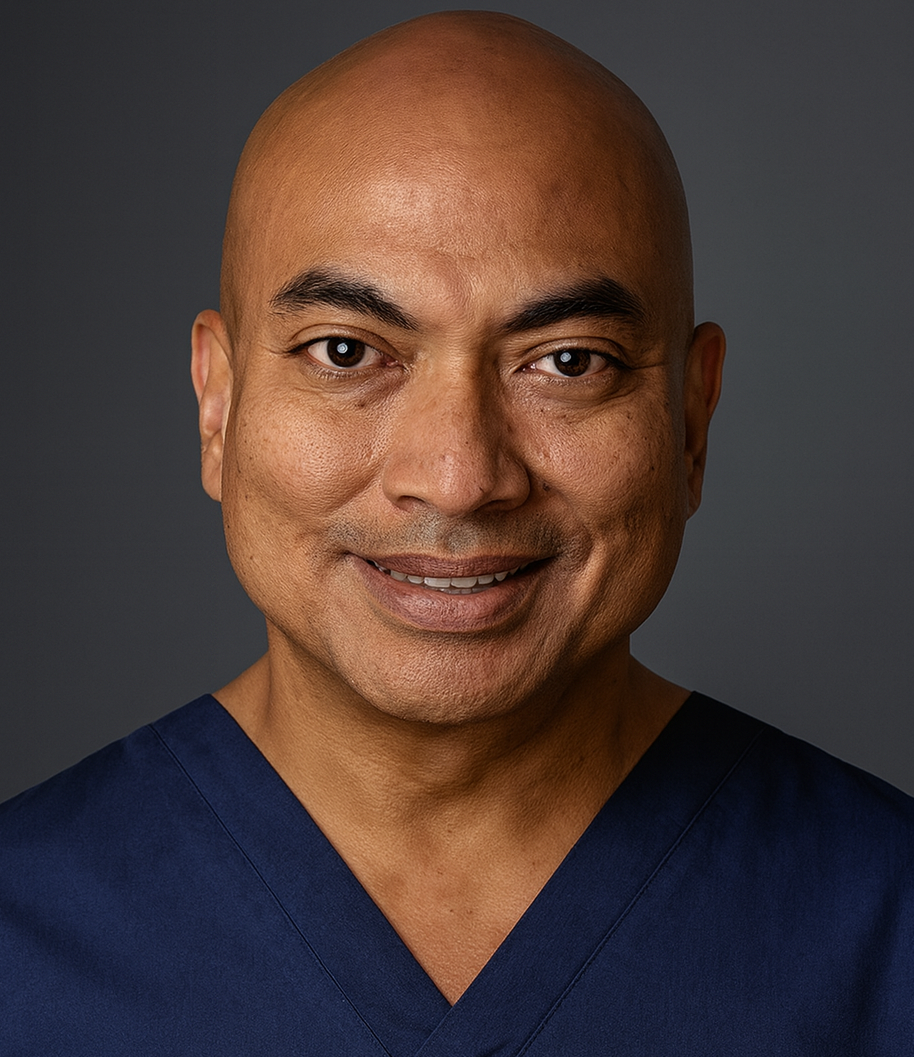Your health content sounds like it was written by someone who's never worked with patients:





How Clinical Perspective Reviews are solving the disconnect
You've polished the health content until it's technically perfect. It's accurate, has proper tone, and is SEO-optimized. But it still reads like someone who learned about patients from WebMD rather than someone who knows the true ins and outs of patient care.
The content is technically correct. It passes your fact-checking. But it's missing something essential: the human element that comes from actually working in healthcare.
The gap between "correct" and "helpful"
Here's what I mean.
A freelance health writer who's never worked with patients writes:
"Monitor your blood pressure daily and take your medication as prescribed."
Sounds reasonable, right? A nurse reads this and immediately thinks:
What about parameters? They completely missed mentioning parameters — usually set by the doctor, they determine if patients take their med or not. And its common for patients to forget them altogether. But if a non-nurse health writer forgets this, the odds are surely against them. And we all know how that story goes.
Non-nurse freelance health writers get the general medical facts right but miss some of those real world details that only nurses would remember to include.
Positive health outcomes are achieved when patients have real world context about when to hold medications, when to call their doctor, and what those numbers actually mean for their specific situation. Without that context, non-nurse freelance health advice can sound bland, robotic and lead to an unnecessary and preventable trip to the ER.
Not knowing the little details only nurses ask patients at 3 PM on a Tuesday when the patient is staring at their medication bottle, unsure of what to do could leave readers with a false sense of security.
Since most nurses communicate with patients on the daily, they're in a unique position to share their lived experiences, giving patients the context they need to understand health information in a way that gives them genuine peace of mind.
Then there's the tone issue. Non-nurse freelance health content often sounds like it was written by someone who learned about patients from a textbook rather than someone who's actually figured out that the reason why Mr. Jones doesn’t take his Parkinson’s meds is not because of non-compliance but because of his poor finger dexterity.
Consider these two approaches to explaining medication side effects:
Non-nurse written version:
"Common side effects include nausea, dizziness, and fatigue. Contact your healthcare provider if symptoms persist."
Nurse-reviewed version:
"You might feel queasy or dizzy at first — that's normal and usually gets better after a few days. If you're feeling wiped out after three days, definitely call your doctor. These side effects may mean your dose needs adjusting."
Same information. Completely different patient experience.
The nurse-reviewed version anticipates the anxiety, provides realistic timelines, and reassures without dismissing concerns.
That's not something you can coach a freelancer or prompt AI to do better — it requires someone who's actually had these conversations hundreds of times.
Most health content teams approach AI-generated content like this: Write, fact-check, publish. But there's a crucial step missing between fact-checking and publishing — the clinical perspective review.
A clinical perspective review asks different questions:
It's about ensuring health content is clinically accurate AND authentic in what information is delivered and how.
Clinical Perspective Reviews (CPR) bridge the gap between medically accurate and genuinely helpful. It's having an experienced nurse read your health content through the lens of someone who's actually cared for patients.
They're checking for the practical gaps non-clinical freelance writers and AI frequently miss, the tone that builds trust rather than anxiety, and the clarity that comes from explaining complex health concepts to real people every day. They catch the difference between textbook health information and advice that actually works in practice.
When health organizations implement CPR, something interesting happens.
Their content starts sounding less like a medical encyclopedia and more like a conversation with a knowledgeable healthcare clinician. Patient engagement improves. Trust builds. The content feels more human. And patient outcomes improved.
But often, the feedback reveals something bigger: maybe it's time to get nurses involved in your content creation from the start.
Your AI health content might be medically accurate, but does it sound like it was written by someone who's never worked with patients? If you're nodding your head, you're not alone. Most health content teams are dealing with this gap.
The good news? There's a simple solution.
Get clinical eyes on your content before it goes live. Not just for fact-checking, but from the perspective that only comes from actually working with patients.
The difference between non-clinical freelance health content and nurse-reviewed content isn't just quality. It's the difference between information and care.